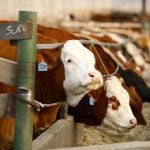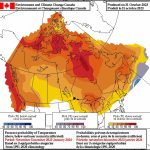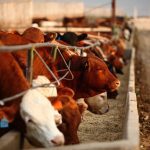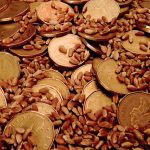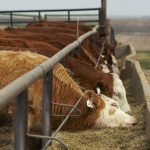Interesting weather pattern setting up across the Prairies during this forecast period. Well, maybe “interesting” isn’t the right word; “boring” might be a better one. What I mean by “interesting” is just how quickly we swung from a warm fall pattern to a cool winter pattern. Low temperatures across the Prairies over the last week […] Read more
